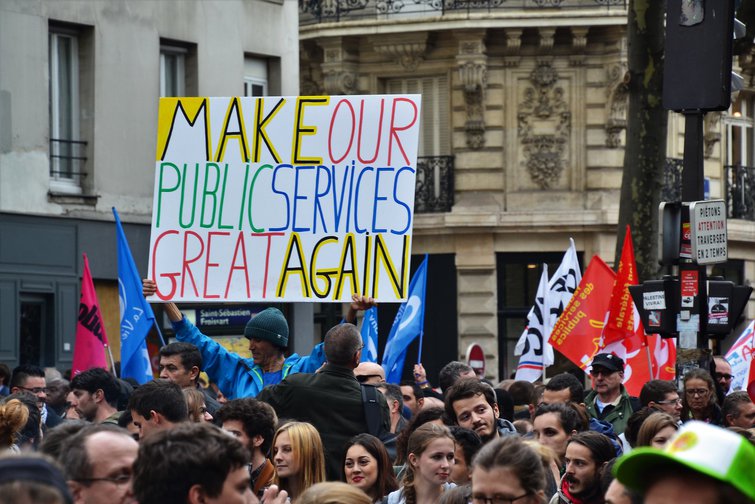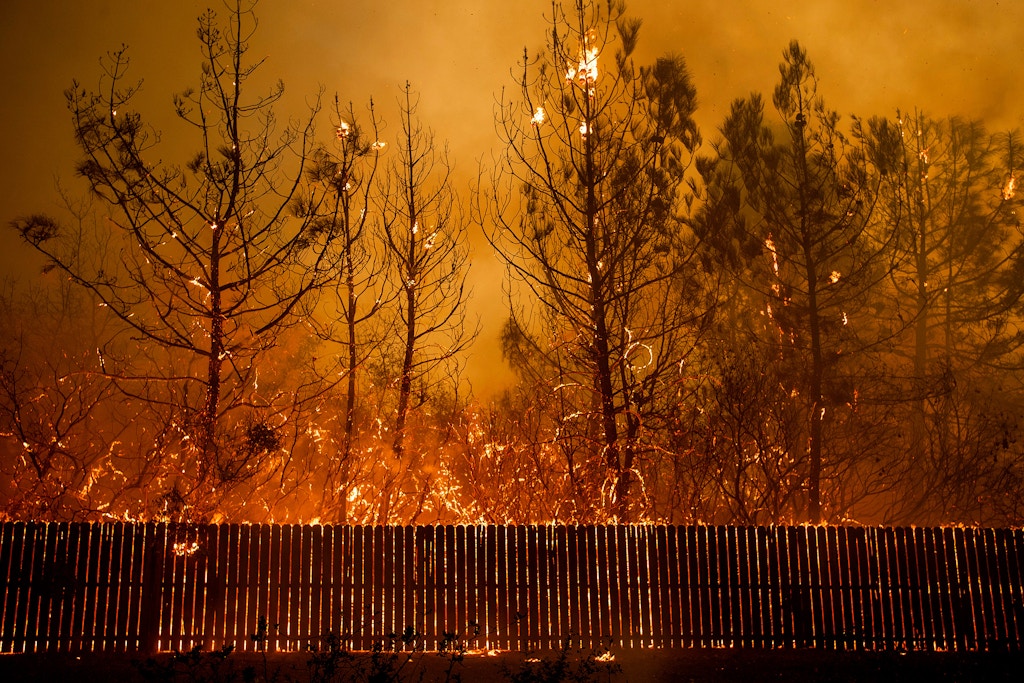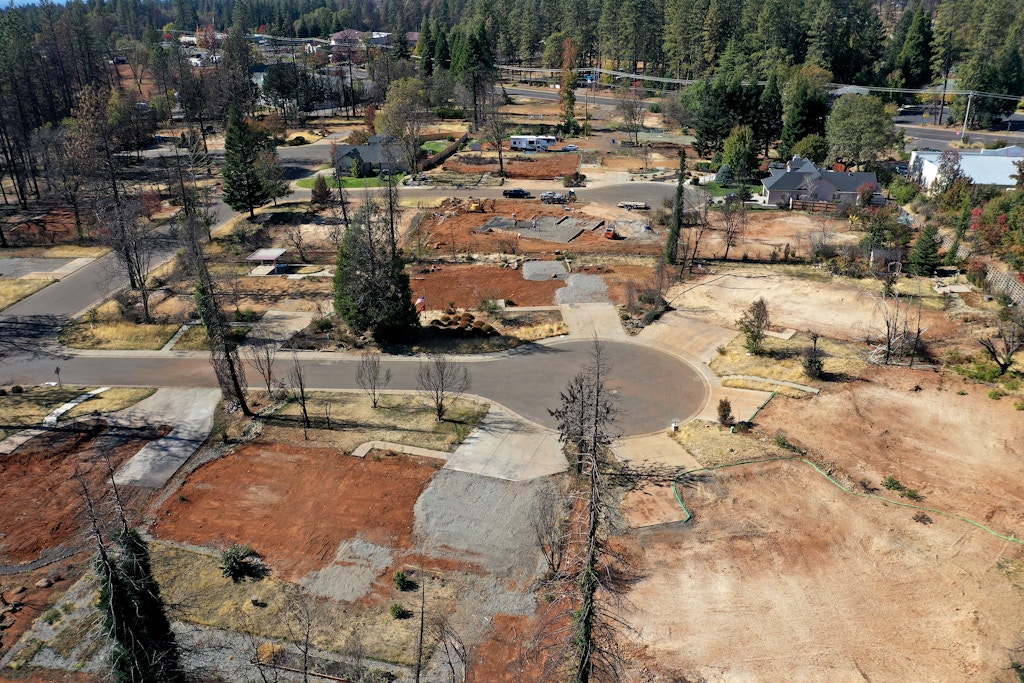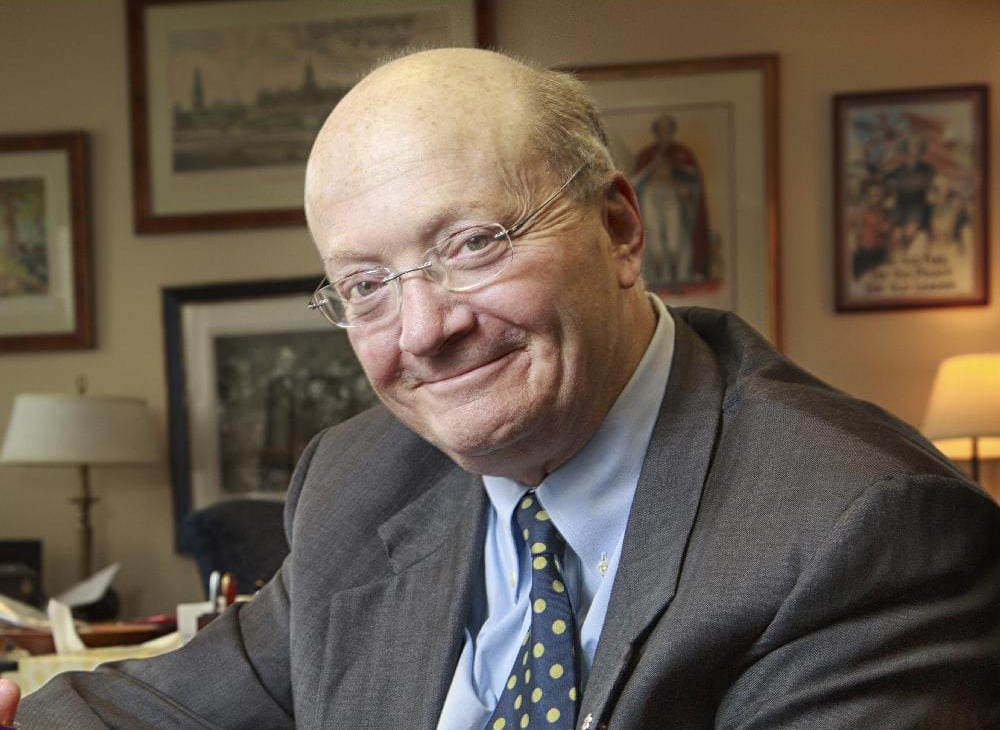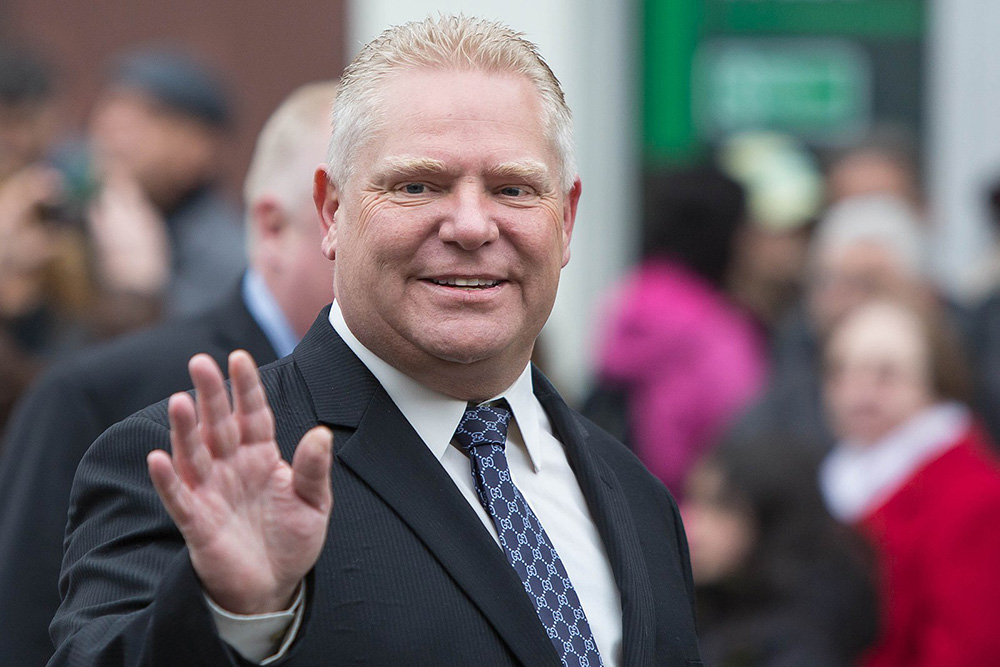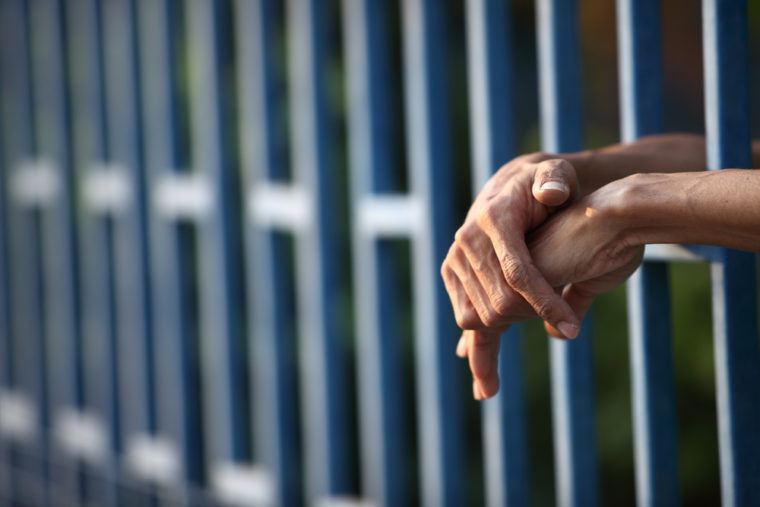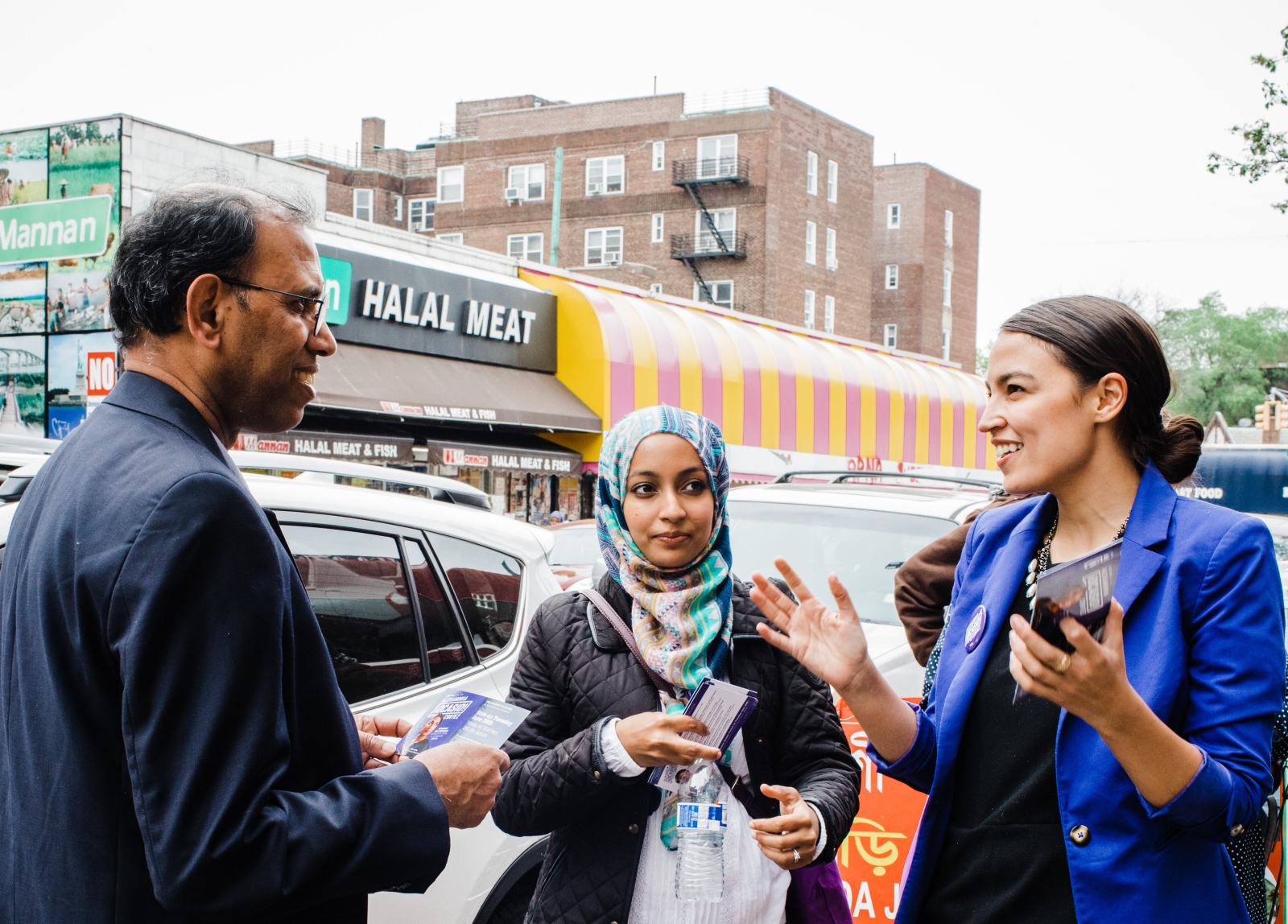
Wet’suwet’en hereditary Chief Na’moks stands beside Paul Manly at the Office of the Wet’suwet’en (Submitted photo)
Paul Manly MP, Green Party
On Saturday Feb. 8th I was invited to speak at a local rally in support of the Wet’suwet’en people. I was grateful for the opportunity because the situation in Wet’suwet’en territory is a complex one. Too often important parts of the story get lost in the public debate. I did my best to to highlight some important points that are not well understood, particularly by those who are citing the “rule of law”as justification for the injunction enforcement that has taken place, and the arrests and removals that were a part of that.
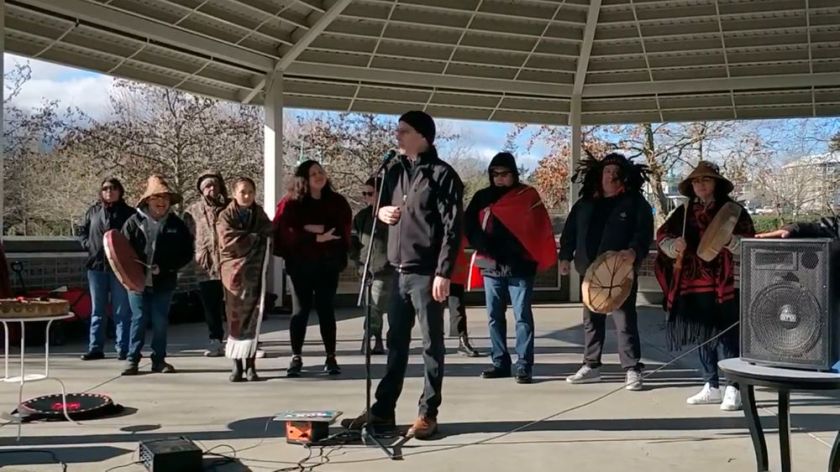
Wet’suwet’en: An Open Letter to Justin Trudeau and John Horgan (02/01/20)
Wet’suwet’en: Pipelines, Politics and UNDRIP (01/26/20)
Three weeks ago I went to Wet’suwet’en territory, and I traveled with Chief Na’Moks for two days. I listened to him for two days about the situation, what was happening in the Wet’suwet’en territory. I also met with the Smithers detachment commander of the RCMP, and the liaison officers there. They weren’t involved in this injunction enforcement. They’re connected to the community. They’re not necessarily happy about this political failure that the RCMP is having to deal with. I also met with the detachment commander at the Community Industry Safety Office, which is a police station in the middle of nowhere. Thirty kilometres off the highway, a series of Atco trailers and storage facilities. The police in there, the detachment commander there, is rotated in every week, and the RCMP are rotated in every week. And they have no connection to Wet’suwet’en territory. They have no connection to the people there. They’re also not happy with having to deal with the political failure of our prime minister and our premier.
This is a political failure. When I met with Chief Na’Moks one of the things that he told me was that they had proposed an alternate route for Coastal GasLink and when you read the injunction it recognizes that the Wet’suwet’en people had asked Coastal GasLink to take another route, and they proposed another route, and Coastal GasLink said no it’s too expensive we’re not going to go that way we’re going to go the way we want to go. And so they drove their pipeline through pristine territory, running right through the historic Kweese trail. This trail is thousands of years old, this trail has burial grounds on it, this trail has archaeological sites on it, this is where they do their cultural training for their young people, this is where they do their hunting and their trapping and their berry picking. This is where they built a healing centre, the Uni’stot’en healing centre, which is being attacked today. This is their territory, and these blockades that they have set up, they are asserting their sovereignty over their territory.
I want to talk a minute about the rule of law because we’ve heard this from the premier, about the rule of law and court injunction from the you know the colonial court system. The Wet’suwet’en have their law, they have the hereditary law. And in 1997 in the Delgamuukw decision the Supreme Court of Canada recognized the hereditary system and their laws. In that Supreme Court case it was the hereditary chiefs of the Wet’suwet’en and the Gitxsan that took this case forward. There was not one elected band council member or chief from the colonial imposed Indian Act system. This court decision, the plaintiff in this Court decision, were the hereditary chiefs, that was who was represented and who was recognized by the Supreme Court of Canada. This was affirmed in the Tsilhqot’in decision. That it is the people who bring the case forward, it’s the hereditary system, that determines the land and title rights of First Nations. This land was never signed over. It was never surrendered. This is Wet’suwet’en territory and they are asserting rights to their sovereignty here.
I want to tell you that we cannot blame anybody who signed onto these these agreements with these gas companies, because in all of these First Nations, in these reservation systems, the band councils that are part of the Indian Act system, they are dealing with poverty. They’ve been struggling with poverty since colonization. And they’re given a choice, this pipeline’s going through anyway, do you want the money or not? And we’ve heard with the Teck Resources mine, this huge oil sands project, the largest oil sands project that’s being proposed in Alberta right now, that First Nations have signed onto that. I heard a chief on CBC say they’re going to do it anyway, the regulator has never turned down one of these projects. So this isn’t consent, they are conceding, they are conceding this is not consent. When you have communities in poverty and, you know, take the money or don’t take the money. I can’t blame the Haisla either, the Kitamaat people, they’re the ones with the LNG facility going onto their territory. their land has been poisoned by Alcan. The Kitimat River was poisoned by the smelter there, their ooligan run is destroyed. Their salmon run is destroyed. The harbour, the Douglas channel, the end of the Douglas channel is poisoned. People have cancer in that community they need economic prosperity and they see that LNG is coming and it’s going to be there or it’s going be somewhere else if do you want the money or not? That’s their choice because they’re ramming this stuff through.
I want to talk for a second about the economics of this situation because we’re sold a bill of goods on this. We’re told that this is good for the economy, we’re told that this is good for the environment. I meet with people in the House of Commons, I’ll meet with any lobbyists, I won’t go to their receptions and drink their wine, but I met with the Canadian Association of Petroleum Producers this week and had a nice little debate with them in my office. Talked about the economics of this situation, they’re talking about about LNG replacing coal, and that it’s gonna be a transition fuel, and by the end of my argument with them they conceded that LNG has as much of a greenhouse gas footprint as coal does. When you take it from the fracking, and the leaking of fracking, all the way to when you turn on your stove and you release a little methane before it lights up. That is damaging our climate as much as coal burning coal for electricity is. Methane is 80 times more potent as a greenhouse gas in the first 15 years it’s released and in 100 years is 25 times more potent as a greenhouse gases CO2. It is a climate killer, it is not a solution. And in my little debate with the Canadian Association for Petroleum Producers they admitted that. I wish I had it on video.
I delivered letters to Justin Trudeau, and I sent a letter to John Horgan. I told them that the RCMP should stand down, that we shouldn’t be pushing this project through. And Justin Trudeau said this is a provincial matter It’s not our problem. I said you’re responsible for the relationship with indigenous people, it’s a nation to nation negotiation. British Columbia is not a nation. Canada is a nation and they need to be talking to the Wet’suwet’en people.
I want to mention a couple of other things about this LNG nonsense. They say that it’s going to pay for hospitals and schools and whatnot. You know ten years ago we got 1.2 billion dollars in revenue from natural gas in this province. You know much we got last year? 108 million. And that is in spite the fact that production ramped up by 70 percent, so almost double the production, but we’re getting ten percent of the royalties. Why that is? Because they’re giving royalty breaks to the gas frackers because they’re horizontal drilling. All the fracking is horizontal drilling! They’re giving the resource away. The LNG plant, which is five foreign multinationals, have 5.4 billion dollars in tax breaks, including not paying the carbon tax, not paying PST, they’re getting power from the Site C damn, which is another incident where First Nations, some of them signed on to an agreement because they conceded. Fourteen of them opposed the project, twelve of them ended up signing on because that was their only choice, was to get money. Two of those nations are still fighting in court, the West Moberly and the Prophet River. That dam is being built to provide hydropower to the fracking fields and to the LNG plant. The federal government has put $250 million dollars into LNG Canada, five foreign multinationals, three of them are state-owned corporations from China, Korea, Malaysia, giving our resources away, giving them huge tax breaks, building a damaging dam and making ratepayers like you and me pay for it so that these folks can get to our resources for nothing.
We are being ripped off, the First Nations people are having their rights trampled over this. We’re talking about the UN Declaration on the Rights of Indigenous People, what does that mean? What does it mean? Where is the respectful relationship here? This is… there are so many layers to this, that need to be undone. I got into a 10 minute debate on this because in December, I brought up a question of what was the government’s response to the UN Human Rights office about the Site C damn. The UN has asked that the Site C damn be stopped. Stop construction until you have informed consent from the First Nations involved and they have not stopped. Since then the UN has written again and asked that the Coastal GasLink project be stopped until there’s informed consent. And that the Trans Mountain be stopped until there’s informed consent.
I got my ten minutes of debate in Parliament when I first got back after being up in Wet’suwet’en territory. I also asked the question on Thursday, where is this government on the nation to nation negotiation? Why don’t they respect the rule of law? Why not?
This whole situation is disgusting. We stand in solidarity and support the Wet’suwet’en people, and all of those communities that are being destroyed in the fracking fields in northeastern British Columbia and those communities that are standing against the Trans Mountain expansion pipeline. We’ve got to keep on fighting folks. They are on the front line of this climate battle. They are on the front line of the defending the rights of Indigenous people. They are on the front line of the future of our children and grandchildren, and the future of their children and grandchildren. Thank you. SOURCE

